This is the period when spring rice is very sensitive to pests such as brown planthoppers, white-backed planthoppers, stem borers, blast disease, and bacterial leaf blight.

To ensure production safety, the provincial Department of Crop Production and Plant Protection requests the Department of Agriculture and Rural Development, the Department of Economics, and the Agricultural Service Centers of districts, towns, and cities to pay attention to directing the implementation of periodic investigation tasks, combining additional investigation, promptly zoning infected areas and areas at risk of infection with pests to detect pests and diseases early; count infected areas and guide farmers to spray pesticides promptly and effectively, not allowing pests to develop and spread widely.
Strengthen propaganda, training and guidance for farmers to apply comprehensive measures to prevent and control pests and diseases on rice plants; strengthen inspection and review of the entire area, and distribute and plant rice varieties susceptible to blast, bacterial leaf blight, bacterial stripe, planthoppers and stem borers; guide and advise farmers on timely and effective measures to prevent and control pests and diseases.

Accordingly, for rice blast disease, when the field is infected, it is necessary to immediately stop fertilizing, keep enough water in the field and use one of the specific drugs to spray to control the disease; for areas with severe infection, it is necessary to remove and destroy diseased leaves, and at the same time use a specific drug to treat rice blast disease, spraying twice, 5-7 days apart. Some types of drugs that can be selected to treat rice blast disease are Fu-Army 40EC, Fuji-one 40EC, BanKan 600WP, Katana 20SC, Filia 525SE ...
Particularly for some early rice areas planted with susceptible varieties such as Seng cu, BC15... in the heading - flowering stage, it is necessary to regularly monitor the fields; when the rice begins to flower, it is necessary to proactively spray pesticides to prevent diseases on the panicle neck twice: The first time, spray when the rice begins to flower at a low level of about 5%; spray again the second time after the rice has fully flowered (7 - 10 days after the first time).
For bacterial leaf blight - stripe disease, it is necessary to proactively prevent the disease before or immediately after thunderstorms, heavy rains, strong winds on susceptible varieties such as Huong Thom No. 1, TBR 225, Bac Thom 7, Séng cu... with one of the following drugs: Xanthomix 20 WP, Sasa 25 WP, Totan 200WP, Ychatot 900SP, Sieu Sieu 250WP,... for spraying to prevent the disease.
For brown planthoppers and white-backed planthoppers, check and isolate the infected area, spray pesticides when the density is 3 or more per planthopper and when the planthoppers are still young, using specialized pesticides such as: Butyl 10WP, Actara 25 WG, Sutin 5EC; Vithoxam 350SC; Cheestar 50WG, Bassa 50EC, ViBassa 50 EC, Nibas 50EC... Do not spray pesticides widely or spray pesticides when the density is low.
For stem borers, regularly visit the fields. When adult stem borers (butterflies) are found in the fields with an average density of 0.5 individuals/ m2 , after 5-7 days, use pesticides to spray (some systemic and systemic pesticides can be used such as Silsau 10WP, Padan 95SP, Virtako 40WG, Angun 5WG, 5ME...).
According to recommendations, farmers absolutely do not spray foliar fertilizers or growth stimulants with pesticides; when using pesticides, they must follow the "4 rights" principle. If it rains within 4 hours after spraying, they must spray again to ensure effective prevention.
Source








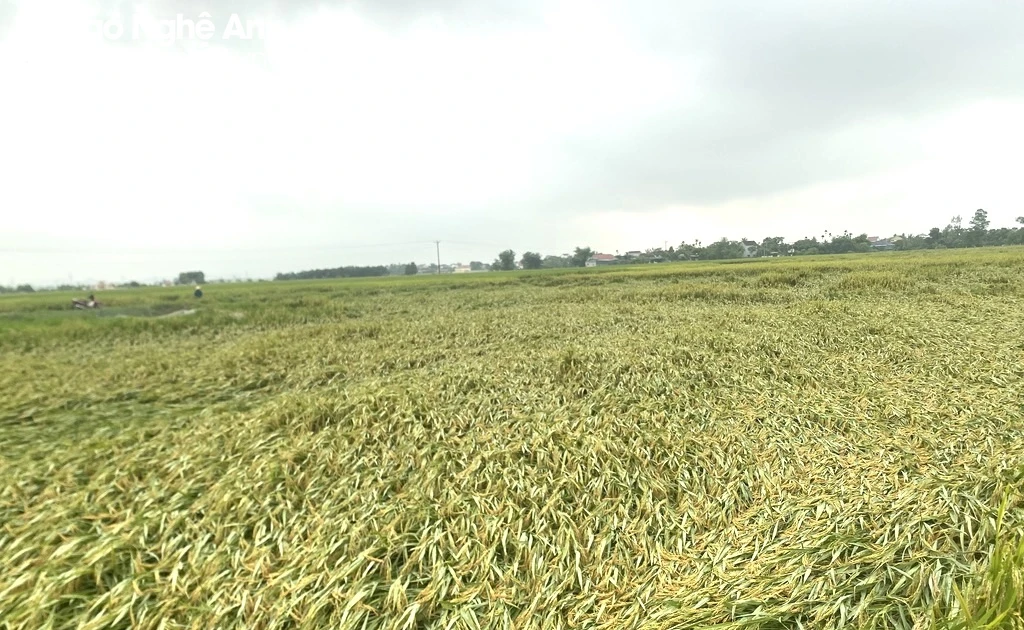
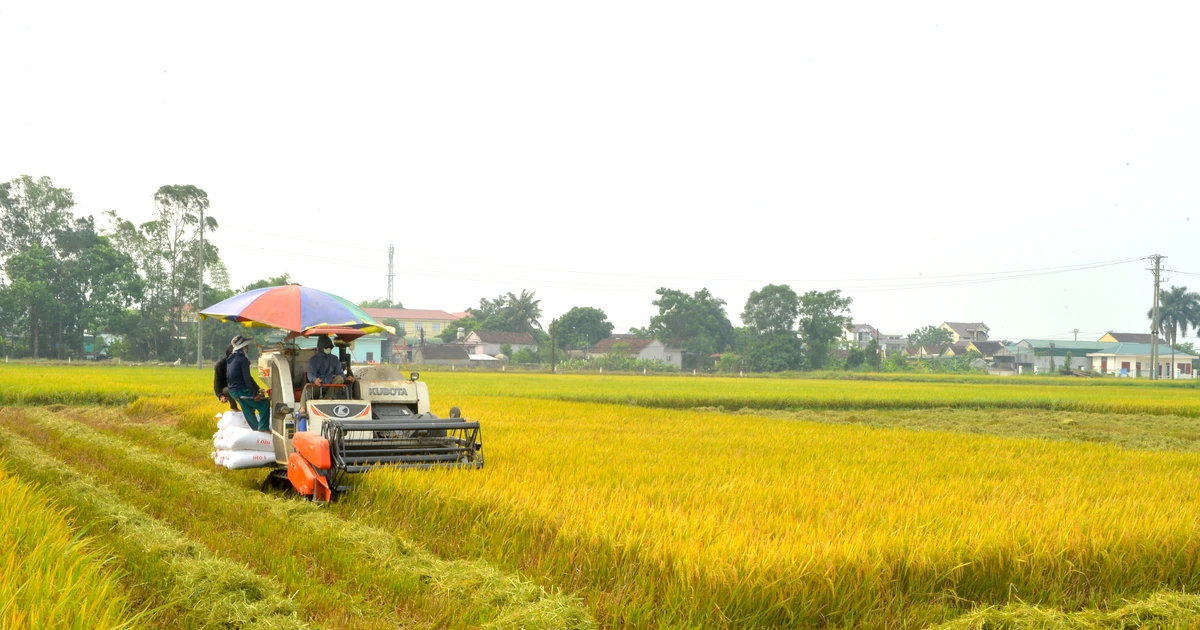
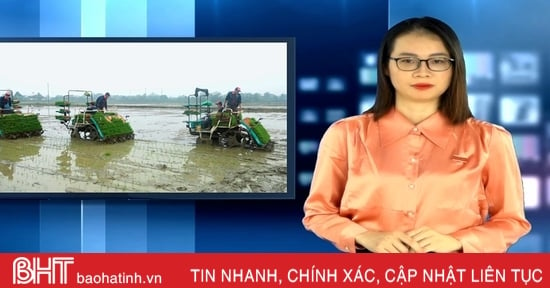
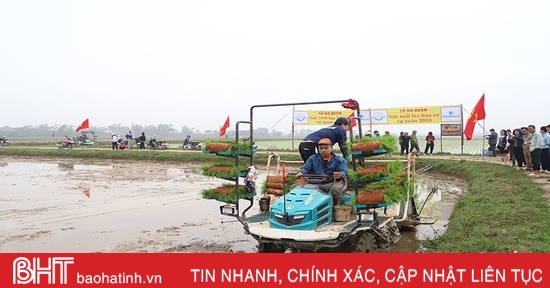
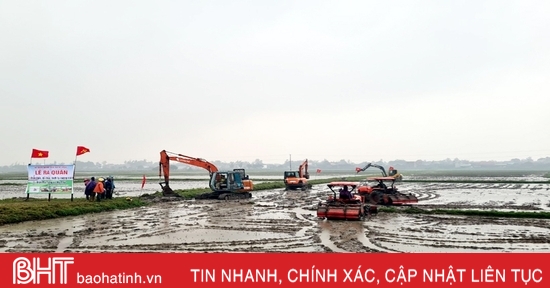





















Comment (0)